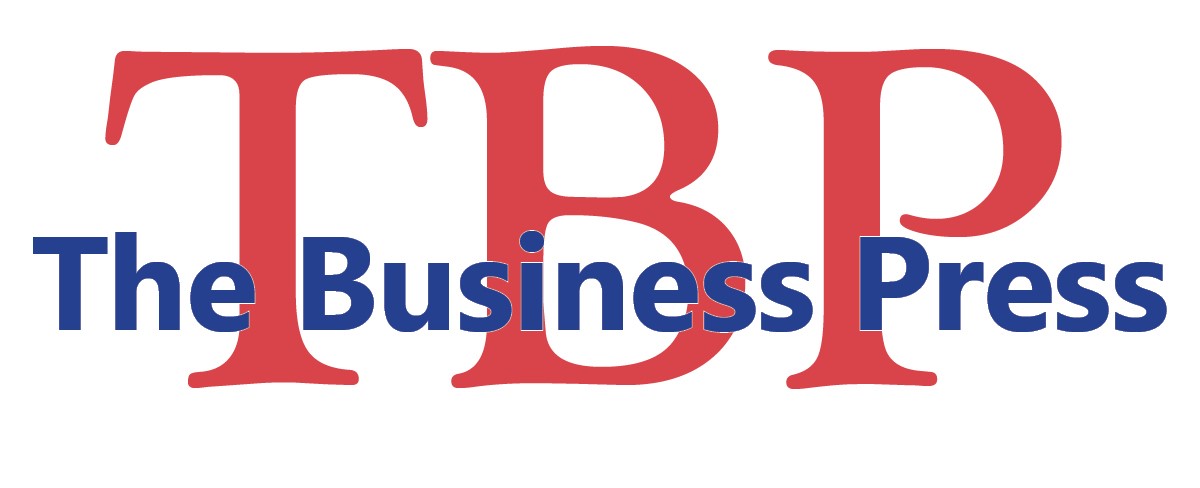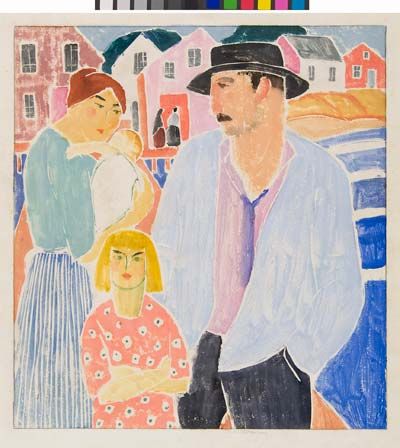J. Parker Ragland Special to the Business Press
Throughout our nation’s history, we have questioned what it is to be American. Poet Walt Whitman described being American as more than holding citizenship in a certain geographical location. He believed that Americans were in every country, as though “American” were a state of being rather than denoting national citizenship.
Following this tradition, the Amon Carter Museum of American Art presents a new exhibition, We the People: Picturing American Identity, which opened June 15 and runs through Sept. 8. This collection seeks to illuminate several questions of identity that Americans face even today.
By exhibiting diverse subjects on a variety of media, America’s “melting-pot” qualities are distinctly represented. Some pieces in the collection date back to the late 18th century while others have been composed in the last 50 years. Depictions of Native Americans are juxtaposed against Cold War figures. Our nation’s history is recounted in paintings, photographs and sculptures, amid other media.
In addition to a creative selection of media, We the People is a unique exhibition for the Amon Carter in that it focuses on figures rather than landscape. “The images remind us America is shaped by people,” stated Rebecca Lawton, curator at the Amon Carter Museum. “It’s defined by people.”
And these people have come from many different places to make America what it is. Many of the masterpieces on display were composed by immigrants who came to America searching for new inspiration and insight, but brought with them their own cultural narratives. Viewing the works of these artists from such diverse cultures in close proximity is art in and of itself.
As you walk through each room, the semi-chronological ordering and careful placement of individual pieces becomes ever more apparent. The exhibition highlights pivotal moments in our nation’s history and is structured by four “forces:” Who is America? Who is the American woman? Who shapes America? And, who defines America?
One section is dedicated solely to viewers, allowing them to write down and display personal views about what it is to be American. Answers range from “self-indulgent” and “paying taxes” to “[being] surrounded by those who believe differently than us – and [being] okay with that.” Throughout the collection, regardless of the section viewed, one fact remains apparent: There is no consensus about the exact nature of being American. Whether viewing Deas’ depiction of Native Americans or Diltz’s photograph of Woodstock, we are reminded of the events that have divided our country and made it hard to define ourselves. On the other hand, perhaps that is what makes us American: having contrary perspectives.
Lawton noted: “I think that … there are forces that have defined America, and continue to define America, and there’s always that tension in democracy. That tension is necessary and defines our culture.”






